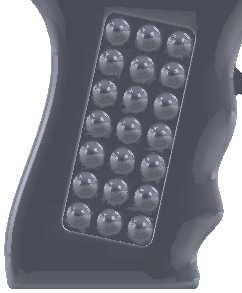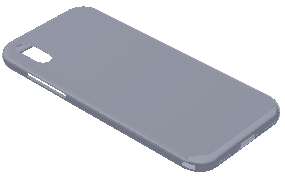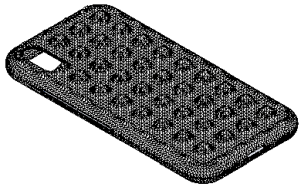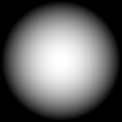You can use 3D textures to transform textural appearances on parts into
3D geometry. You can use the resulting graphics body for manufacturing, especially 3D
printing, or you can manipulate the geometry further by converting it into a mesh BREP
body.
3D textures can add repeating geometric features to models. For example: dimples, knurls,
bumps on a shoe tread, and textured patterns on a cell phone case.
|

|
|

|
Overview of the 3D Texture Process
| Original model |
 |
| Apply a textural appearance |
 |
| Create a 3D texture using the 2D textural
appearance |
 |
| Final model |
 |
2D Textural Appearances
You add any type of image as a mapped textural appearance to the model.
Grayscale heightmap images are preferred. You then use the 3D Texture PropertyManager to create 3D
Texture features that use the grayscale values of the mapped
textural appearance to physically displace the geometry.


You can specify white or black as the top of the texture. Each color gives a
different 3D texture result. White represents the maximum elevation along an axis,
while black represents no elevation. This image depicts black down, then black up.
